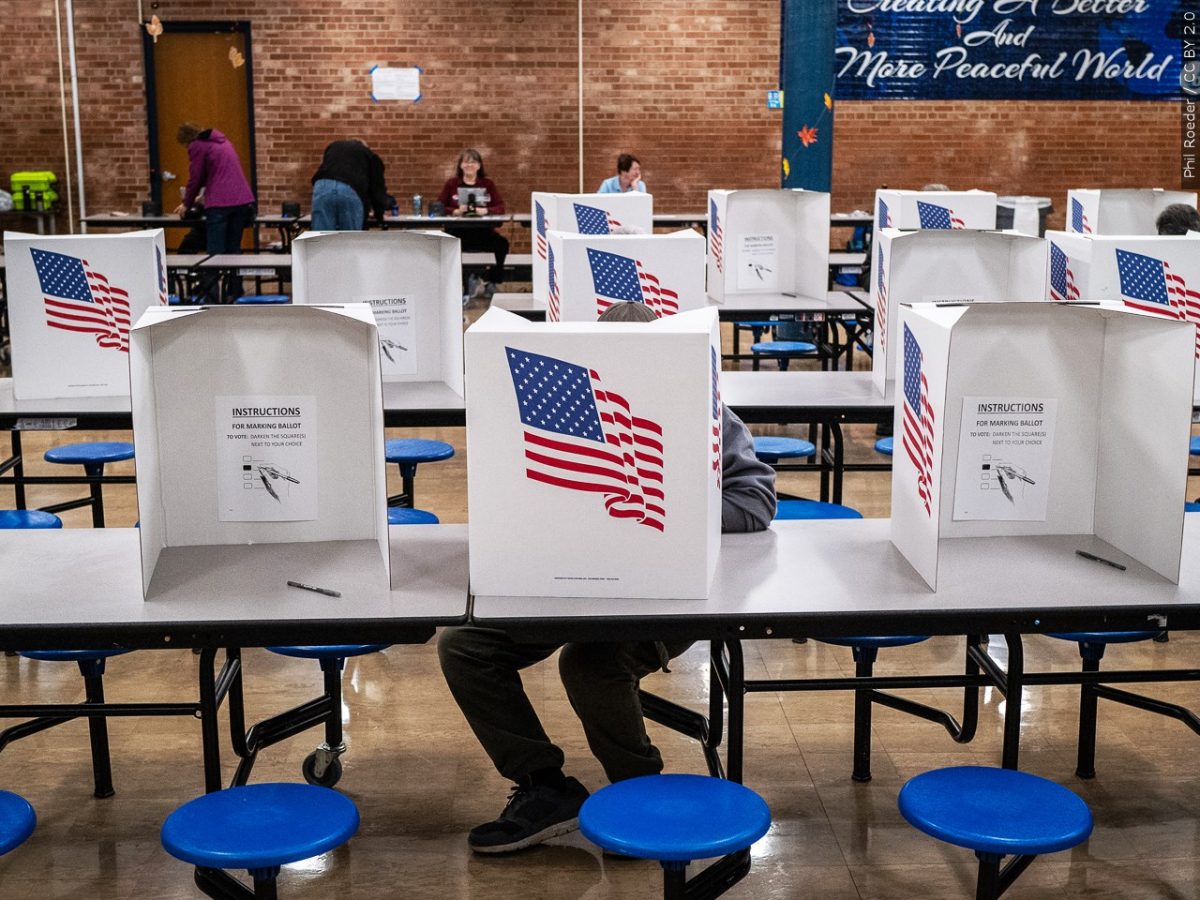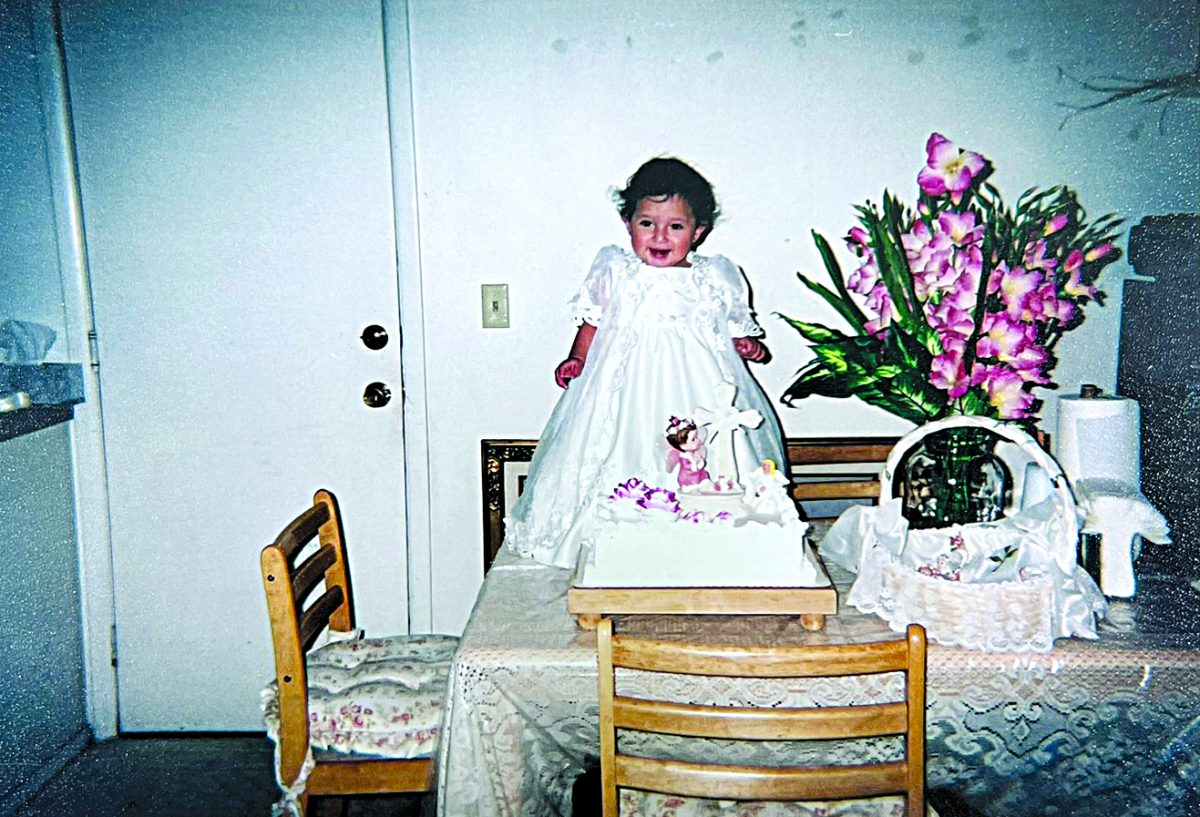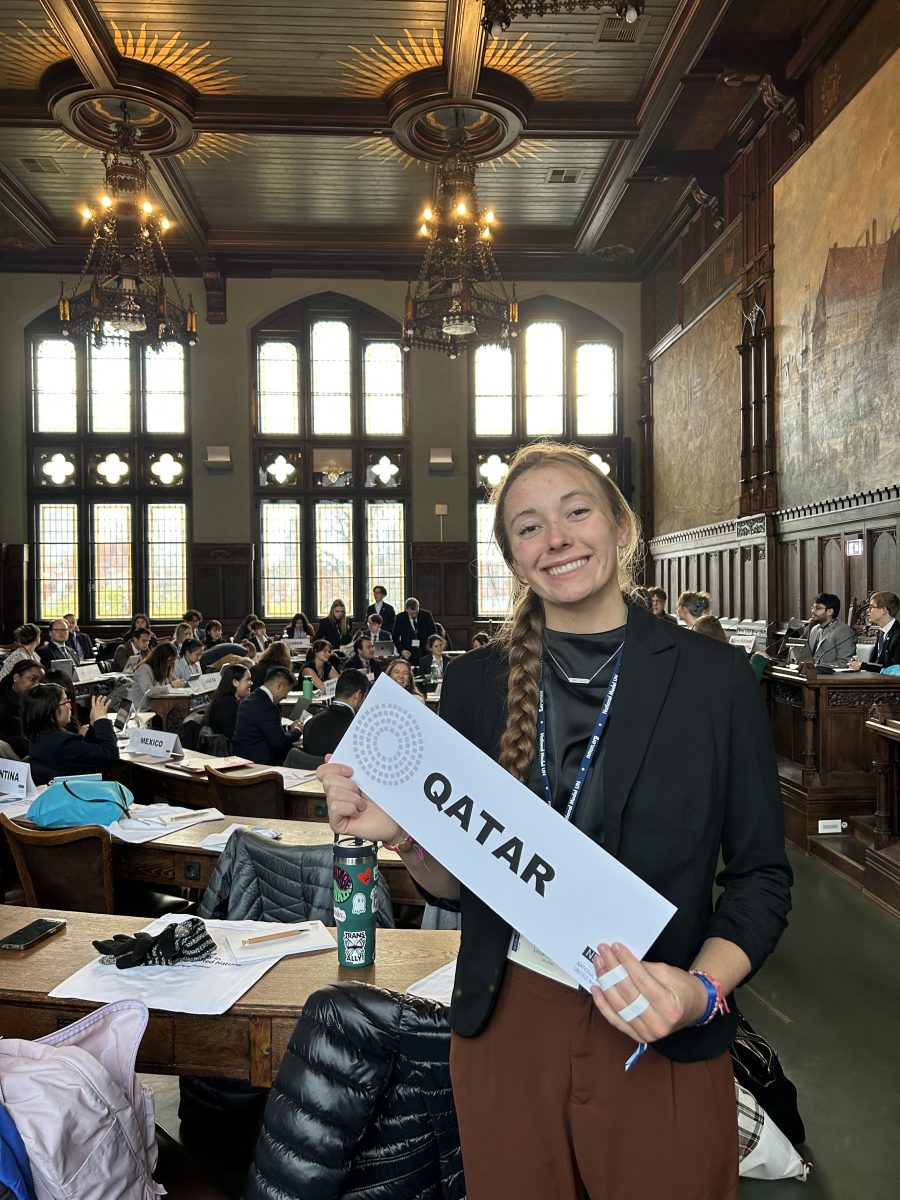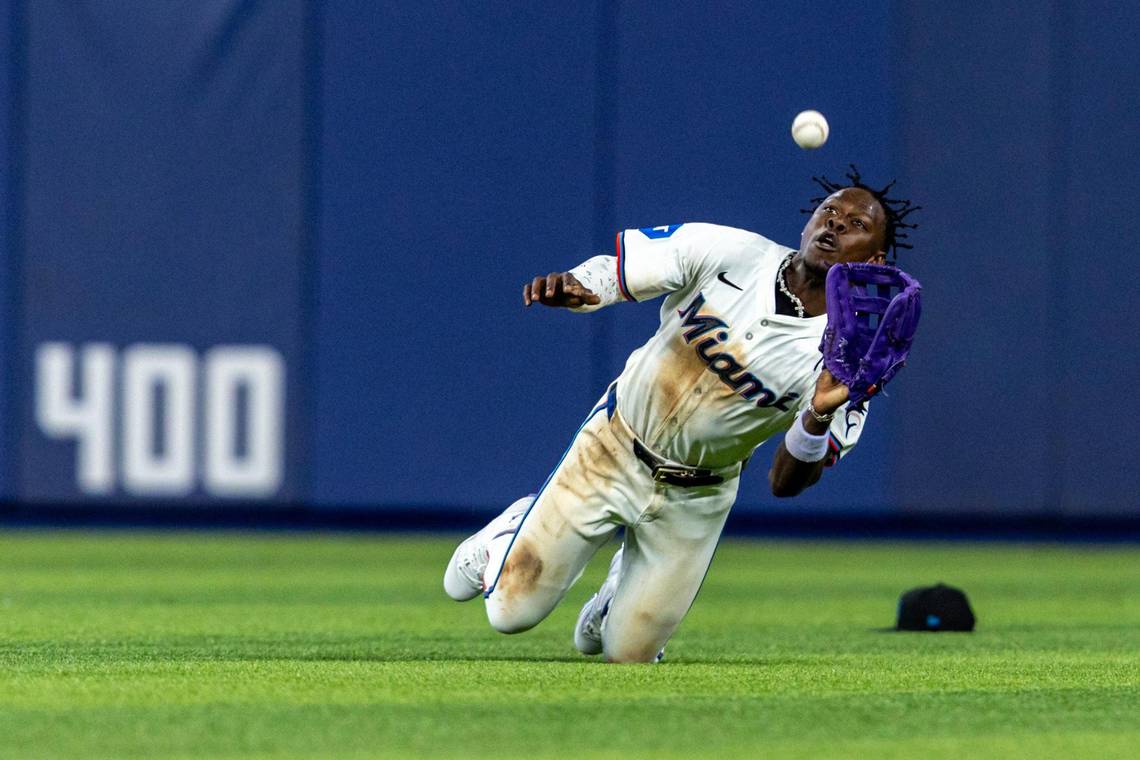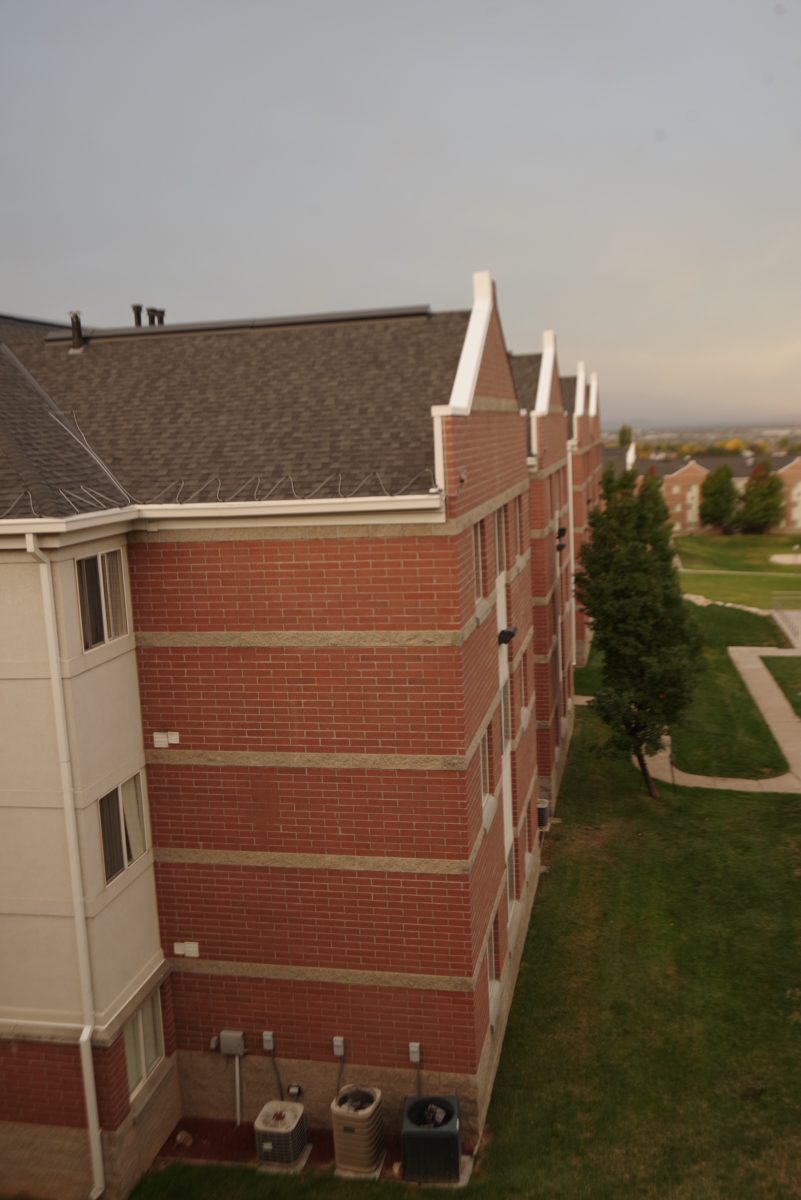I’m dying right now, because I decided to write this column before watching the final episode of The Killing.
If you haven’t heard of this show, then you are probably pretty normal. It’s on AMC, and its average viewership has been just above decent. While most of America wallows in the predictable mire of other serial crime dramas, a small percentage of TV viewers breaks away from the pack on Sunday nights to watch the two detectives in The Killing make small-screen magic.
This is the best new show that I’ve seen in a while, and it makes Law & Order look like a homemade movie. If The Killing were The Social Network, Law & Order would be Hot Tub Time Machine.
My wife and I have frittered away many a Saturday afternoon by being accidentally swept up in a Law & Order marathon, and we have come to the point where we could easily write an entire new episode’s script in about the same time it would take us to clip our fingernails.
When we watch, we try to guess what’s going to happen, and we’re usually right. Star quarterback’s girlfriend shows up dead in the park? She was probably dumped there after accidentally witnessing a steroids purchase. Senator caught with his pants down and a body in the foyer? Don’t worry: It was just his attention-starved former intern/lover.
Shows like Law & Order, CSI, NCIS, The Mentalist and other serial crime dramas are heavy on plot twists and light on character development. They are predictable, because that is what network executives think that the average American viewer wants. According to their research, we want to see a late-middle-aged hero (Mark Harmon on NCIS), grizzled and starting to gray (Gary Sinise on CSI: New York), who is stoic and poker-faced (Laurence Fishburne of CSI) but still in shape and attractive (Christopher Meloni of Law & Order: Special Victims Unit).
Ignoring the fact that most murders happen during drug deals gone bad, domestic disputes and gang turf wars, these shows tell us that murders typically occur in high-class suburban neighborhoods and high-fashion runways and professional locker rooms and artists’ uptown lofts. These violent crimes, according to most shows, are usually perpetrated by doctors, lawyers, models, famous authors, insane clergymen, ingeniously hidden terrorists and jealous college students.
Worse than the sensationalized plot lines is the trivialization of violent crimes that these shows endorse. In a typical first shot, detectives arrive at the scene of a crime, replete with snappy one-liners about the untimely demise of this stranger.
This is not to say that these shows aren’t entertaining. There’s a reason why NCIS was voted the favorite show on television by viewers in 2010. But for what all these shows give in entertainment value, they rob the viewer of a chance to see the real effects a murder has on a family, a community and the local law enforcement agencies that clean up.
The Killing does not trivialize murder, nor does it lean on shock value. In its first season (it was recently picked up for a second), Detectives Holder and Linden follow the case of one girl. Episode 1 starts with her murder (which is never actually shown onscreen) and Episode 13 ends (hopefully) with a solved case. Yes, there are plot twists, and some of the suspects include politicians, billionaires and high school teachers, but most of the time is split between the detectives’ believable, weary work schedule and the grieving process of the girl’s family. The writing is solid, the acting is superb and the victim isn’t just another body. I can’t wait to see what happens in the end.


